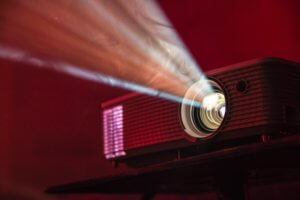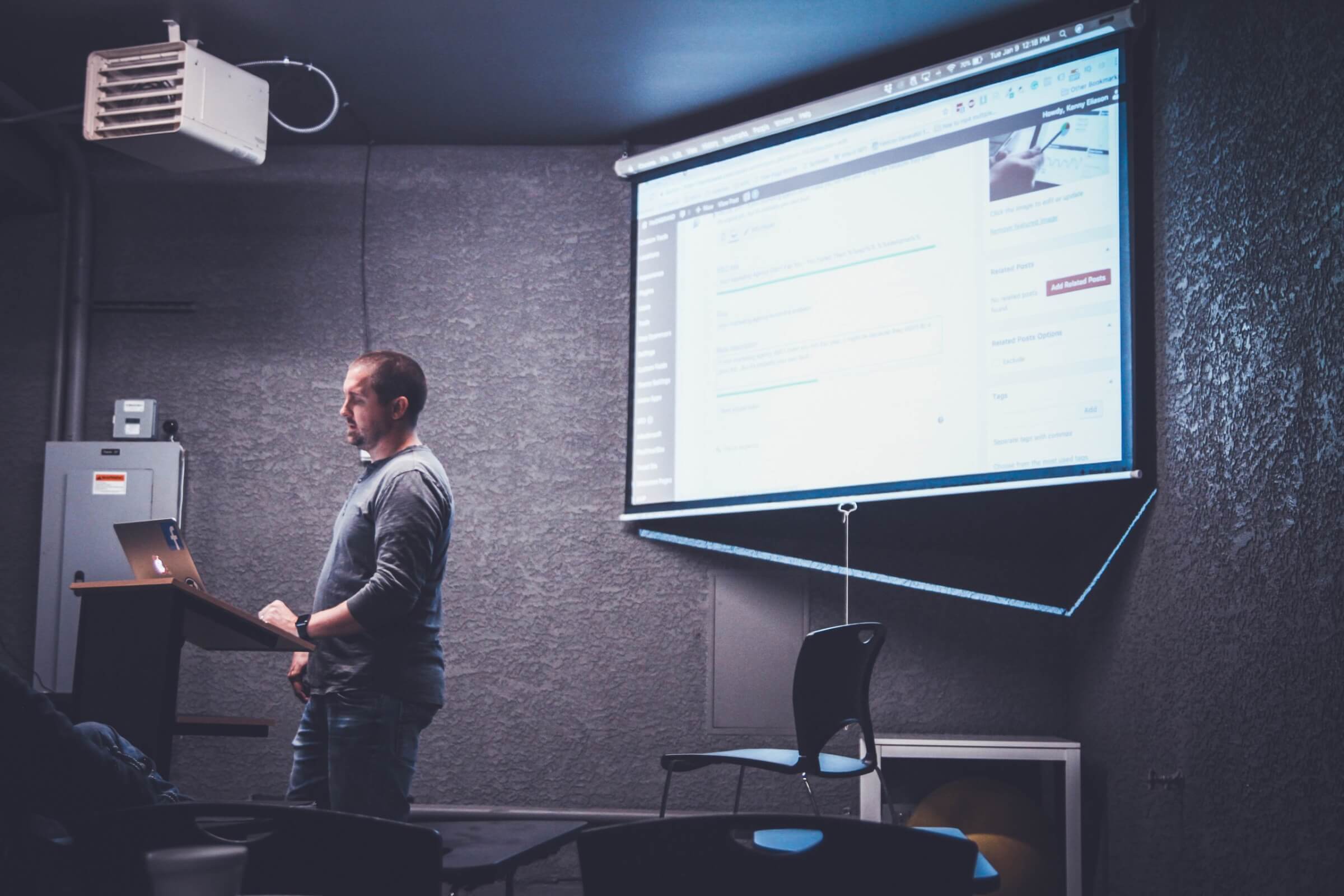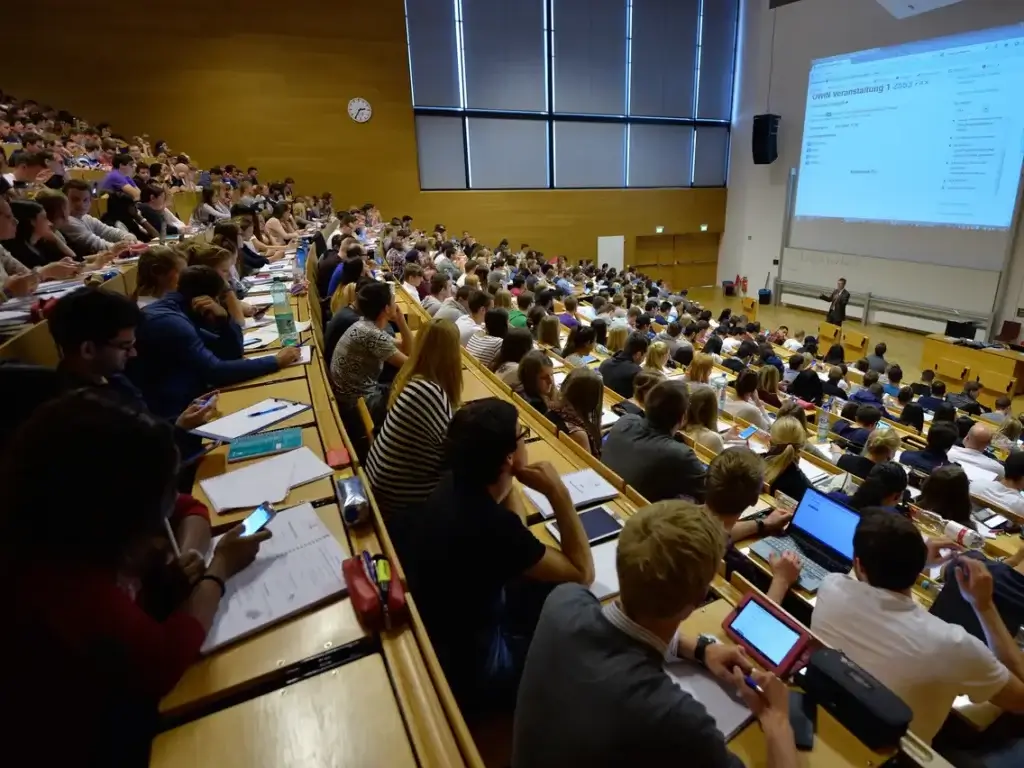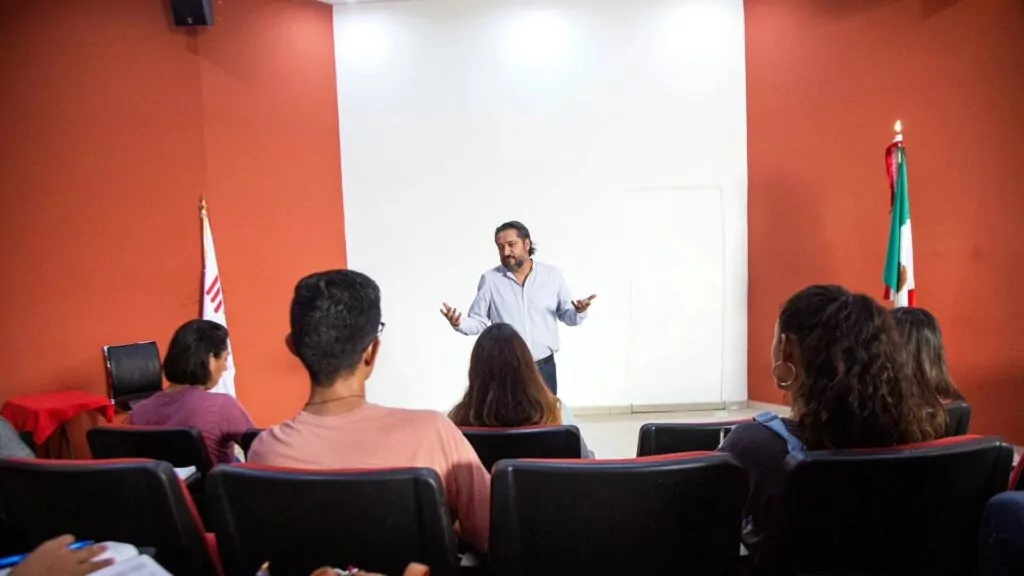With more distance-based learning comes the need to produce quality recordings to distribute across your Learning Management System (LMS) platforms to your students. Instructors are expected to ensure quality information being presented that can be easily seen and heard.

How to Improve Your Lecture Recording Quality

1. Quality Content to Enhance Lecture Recordings
At first glance, instructors new to the flipped classroom environment tend to resort to public resources – such as YouTube – to store and share their video content. However, the lack of a centralized video management system can create a confusing experience for students who are left wondering where certain content is being stored for multiple courses in different locations. By resorting to public locations to store content, this can lead to instructors facing multiple security and copyright issues if stored information is improperly disseminated across public domains.
Factors to look out for to ensure quality lecture recordings.
- Less “Fat.” Details can help you articulate your main point and help drive your argument home. However, redundant information and jargon can make your content harder to digest. Ensure your recordings are straight to the point.
- Text Overload. In the event your lecture recording also has text presented, students will naturally read those words. As a result, large text blocks and bulleted lists will force students to inefficiently multi-task. Reducing the amount of text per slide can help students focus more on listening and less on typing.
- Proper Flow. Divide each point into their respective slides and ensure that your presentation isn’t too rushed or too slow. This improves the flow of lecture presentation and ensures that students won’t need to constantly rewind or fast-forward the recording.
2. Visual Quality Improvements
While lighting remains of the easiest alterations you can make to improve recordings, poor lighting can instantly detract viewers from the learning experience if left mistreated. Consider the addition/removal of various lighting sources to ensure a clear and natural display for your viewers.

Factors to consider when improving visual quality.
- Lighting Optimization. If your presentation appears too dark or bright, consider opening/closing a window to provide some natural light. Note that any lighting source should be in front of you and not directly behind you within frame. This can cast unnatural shadows and cause your face to be dimly lit.
- Camera Placement. Even in a flipped classroom setting, the importance of eye contact towards your audience is essential in retaining viewer focus. Place your camera a few inches above eye level to ensure that you can easily look at your audience. Further, a camera placed slightly above eye-level produces a more flattering, less-awkward view of the presenter.
- Check your surroundings. Pay attention to all objects placed within the camera’s view. Ideally, a background free of visual clutter will prevent the viewer from getting distracted. Use solid-colors for your backdrop and remove any miscellaneous items within frame; that way, your audience will be focused on only you.
3. Audio Quality Improvements
Like visual quality, it is important to ensure that your audience is actively listening to your material as well. Contributing factors such as auditory distractions and repetition can cause your audience to tune out of your content and or result in confusion.
Factors to consider when improving audio quality.
- Clear Sound. No one likes choppy or distorted audio. The addition of another microphone can enhance the listening experience so that viewers can clearly hear your presentation. Consider using a Lavalier microphone as it allows for users to walk around during their presentation in case you have an additional whiteboard to display.
- White Noise. Outside noise can be distracting even without your knowledge that it exists. Avoid standing near running machines or oscillating fans during your recordings. While it might not generate much noise in person, your microphone might pick up the humming significantly louder in a recording. Run a quick test footage before recording to prevent this occurrence.
- Outside Noise. Prior to recording, consider closing any doors or windows in your recording studio to prevent any outside noise from interrupting your recordings.
Related Post: How to Record Lecture Videos









